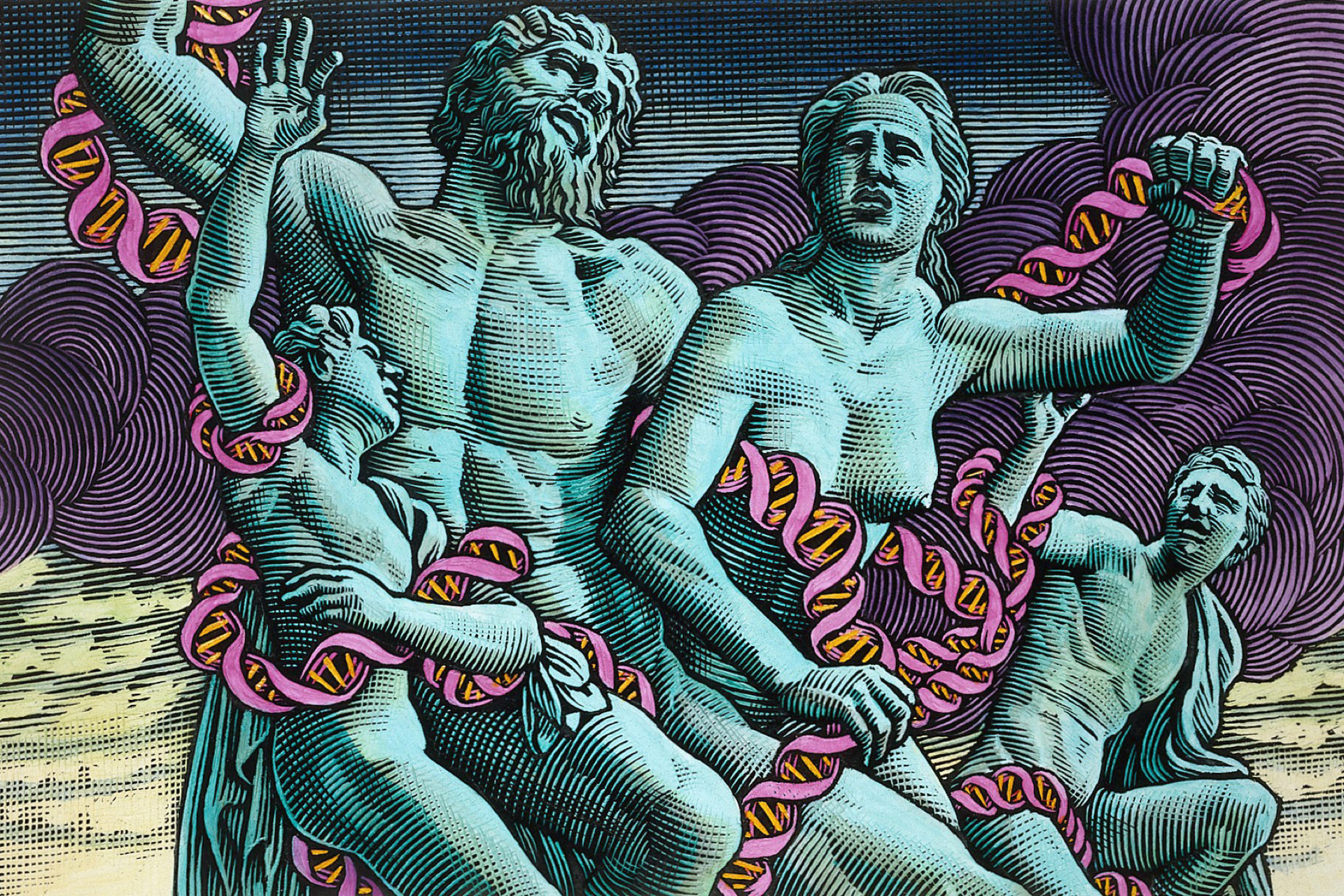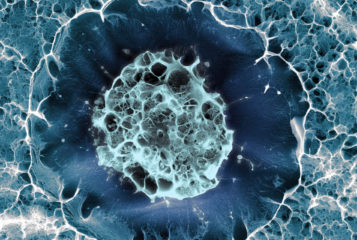Over one million citizens of California have signed a petition supporting a three billion dollar bond to have a bill promoting embryonic stem cell (ES cell) research included in the November ballot. When the campaign to gain support for the measure began, in February, only 600,000 supporting signatures were required by 16 April - the petition has far exceeded this expectation.
The bill is seen as a 'counter' to the stem cell policies of President Bush. The campaign group - called 'Californians for Stem Cell Research and Cures' and comprised of patient advocate groups and scientific researchers - want the bond to provide 295 million dollars of state funding per year to Californian universities, research institutes and companies involved in research into ES cells. It also wants to allocate funding for cloning projects to create stem cells for regenerative therapies, but specifies that cloning for reproductive purposes is not to be allowed. If the bill succeeds, California would be the first state in the US to publicly fund ES cell research.
In a similar move, researchers are scheduled to meet with drug company representatives, bankers and businessmen in New Jersey this week, in order to move forward ES cell research in the state. They also want to raise a three billion dollar 'trust fund' to be administered to promising research projects. New Jersey passed a law in January that promotes ES cell research, and the state has also pledged 6.5 million dollars to develop ES cell work at Rutgers University.
Last week, the University of Wisconsin announced it was establishing a 150-person stem cell research institute. And Harvard University has also formally announced its own 100 million dollar ES cell research programme and centre, shortly before last month's announcement that Doug Melton, a scientist there, had established 17 new ES cell lines that he would make freely available to privately funded researchers. According to reports, in one month he had received 320 requests for the cell lines, exceeding the 300 requests made to the National Institutes of Health for the President-approved stem cell lines since 2001.
Also last week, Massachusetts Senator and Senate President Robert Travaglini renewed a call for the state to have ES cell research legislation, saying that the state will 'lose ground' to other states if it did not protect its ES cell researchers. A bill that was close to being passed at the end of last year was 'thwarted by the Catholic Church and other abortion opponents'. By passing a law authorising the research, Travaglini said that the state could prevent its researchers being 'poached' by California and New Jersey, states which have already passed laws promoting ES cell research, and support the Harvard initiative.
According to USA Today, there are currently more than 100 bills spread over 33 states 'that alternatively condemn, condone or fund embryonic stem cell research'. And research is moving ahead despite the lack of federal support. Last month, the University of Minnesota applied to the Food and Drug Administration (FDA) for permission to begin clinical stem cell trials in humans.
Sources and References
-
States dive into stem cell debates
-
Travaglini renews plea on stem cell research
-
New Jersey project to promote stem cell research
-
Stem-cell advocates want vote on funds for research






Leave a Reply
You must be logged in to post a comment.